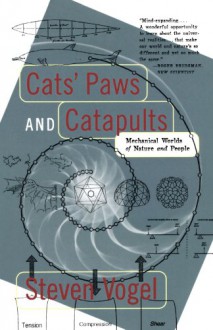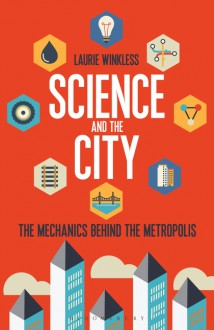
TITLE: Cats’ Paws and Catapults: Mechanical Worlds of Nature and People
AUTHOR: Steven Vogel
DATE PUBLISHED: 2000
FORMAT: Paperback
ISBN-13: 9780393319903
__________________________
DESCRIPTION:
"Nature and humans build their devices with the same earthly materials and use them in the same air and water, pulled by the same gravity. Why, then, do their designs diverge so sharply? Humans, for instance, love right angles, while nature's angles are rarely right and usually rounded. Our technology goes around on wheels—and on rotating pulleys, gears, shafts, and cams—yet in nature only the tiny propellers of bacteria spin as true wheels. Our hinges turn because hard parts slide around each other, whereas nature's hinges (a rabbit's ear, for example) more often swing by bending flexible materials. In this marvelously surprising, witty book, Steven Vogel compares these two mechanical worlds, introduces the reader to his field of biomechanics, and explains how the nexus of physical law, size, and convenience of construction determine the designs of both people and nature. "
__________________________
REVIEW:
This is an interesting and informative, scholarly, comparative overview of the difference between the way nature and humans engineer and manufacture things, the differences in the substances each uses to make those things, and the possibilities of why man and nature make things differently. Vogel has a clear, easy to understand writing style and provides many examples and diagrams to illustrate a point.
Other books:
~How to Walk on Water and Climb Up Walls: Animal Movement and the Robots of the Future by David L. Hu
~The Gecko’s Foot: How Scientists are Taking a Leaf from Nature's Book by Peter Forbes

 Log in with Facebook
Log in with Facebook 










